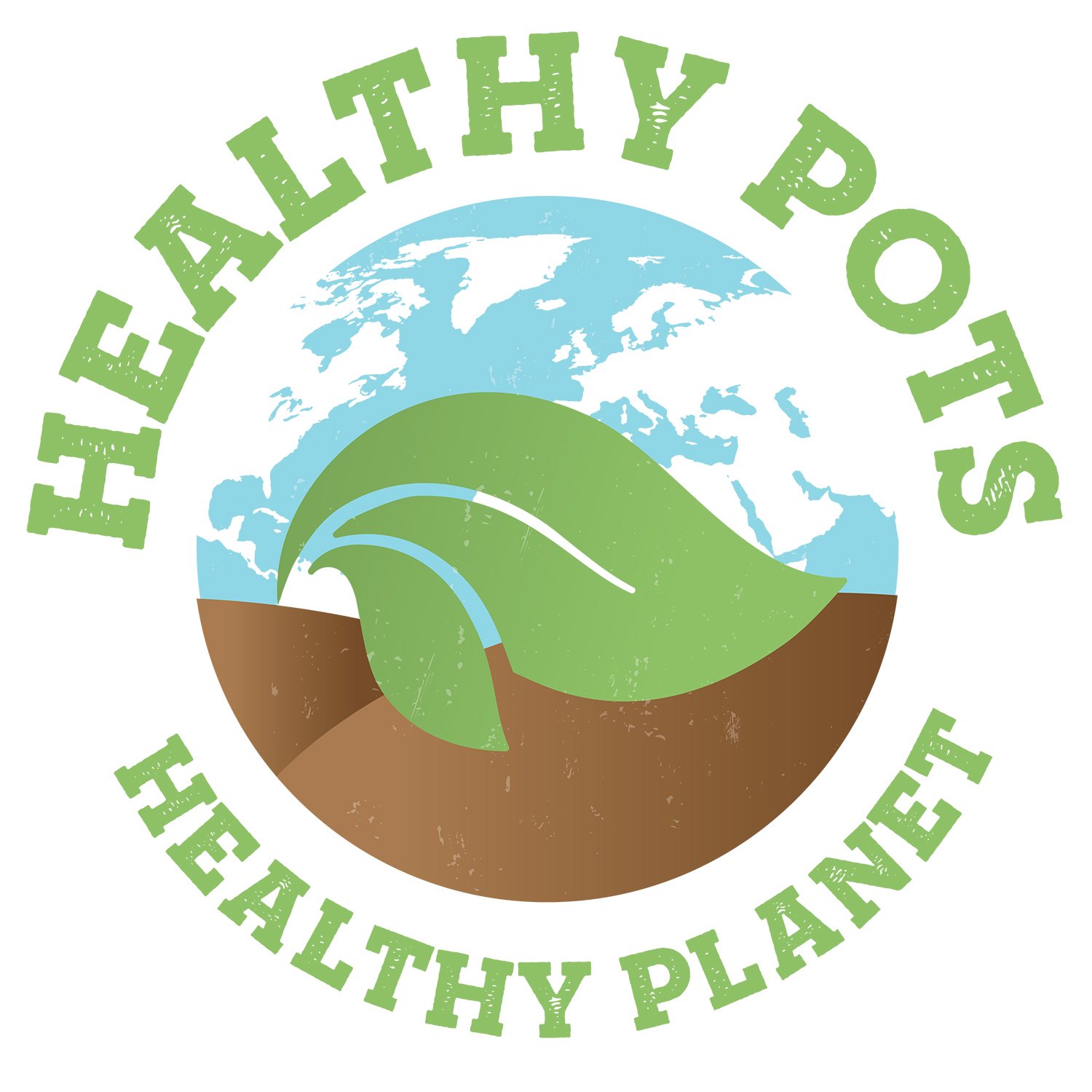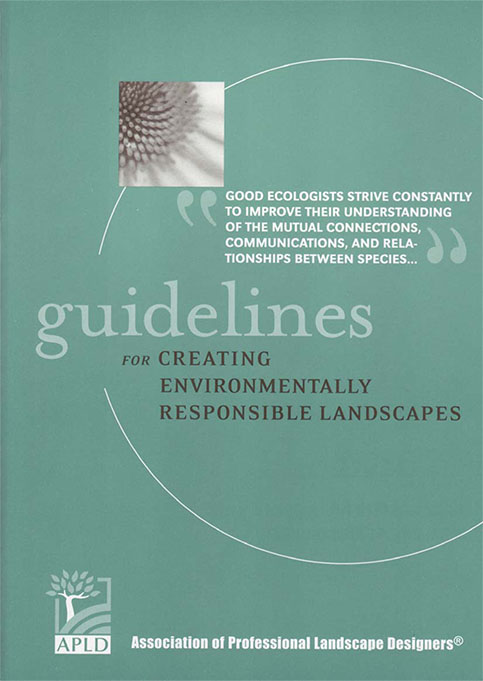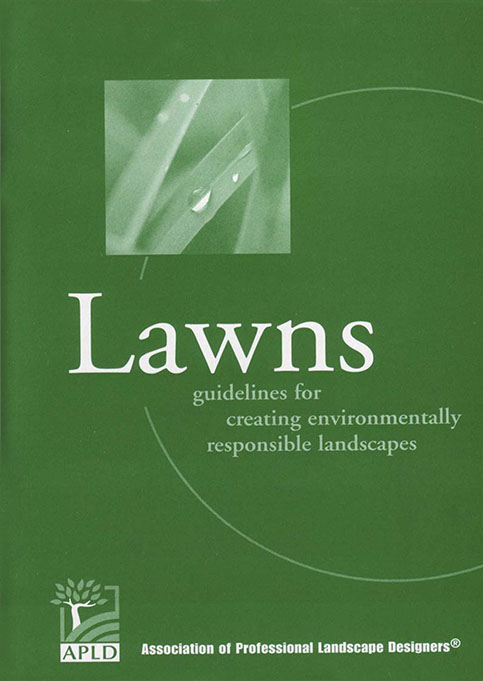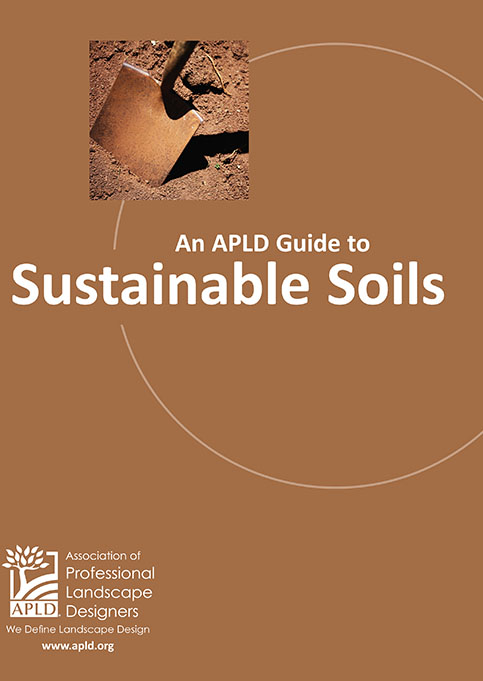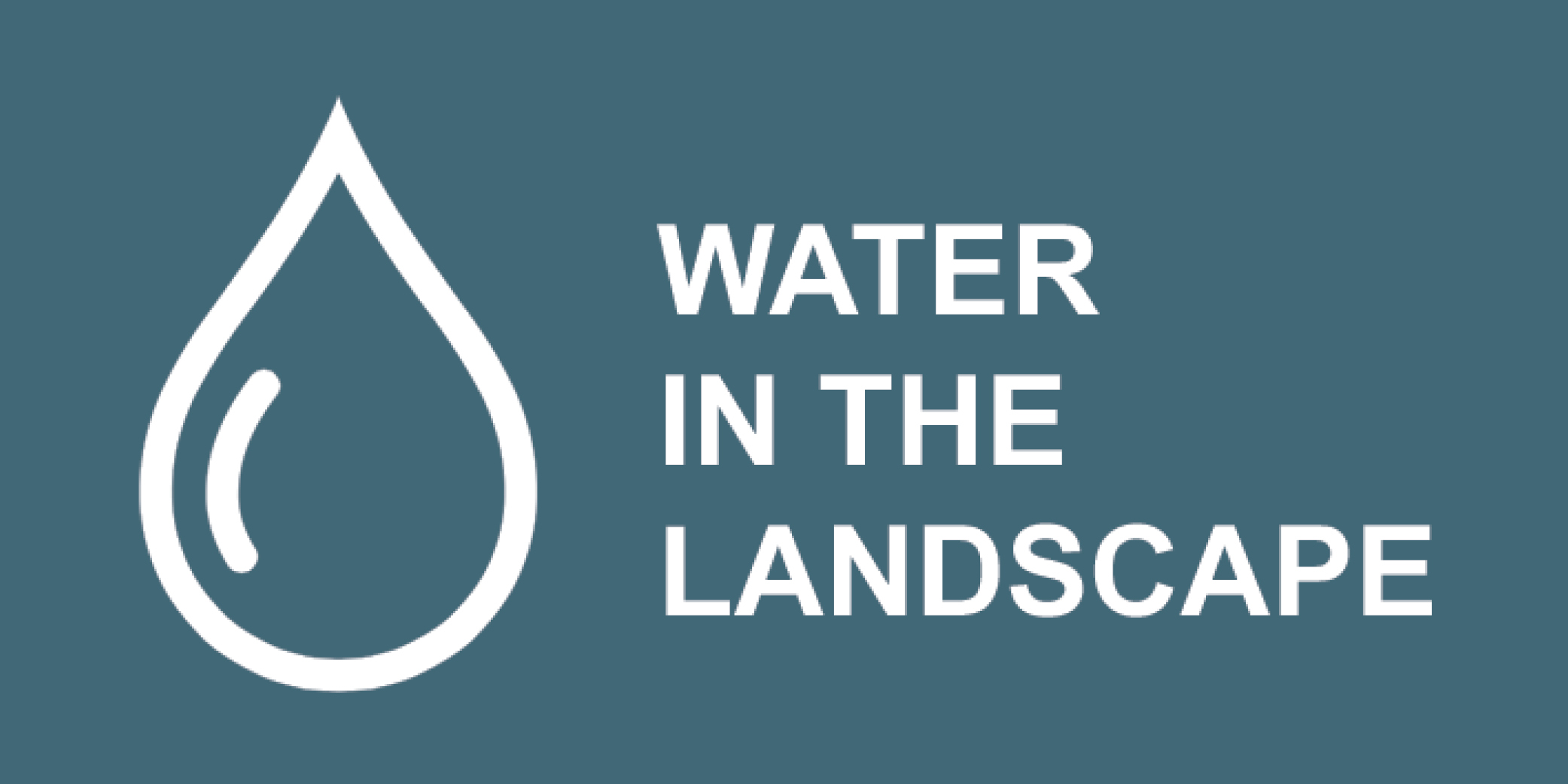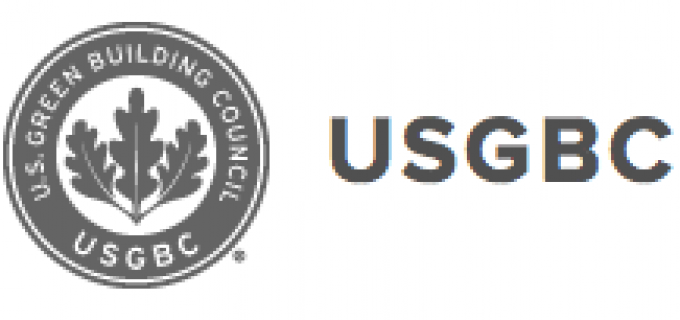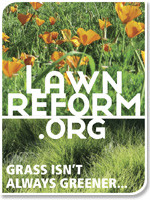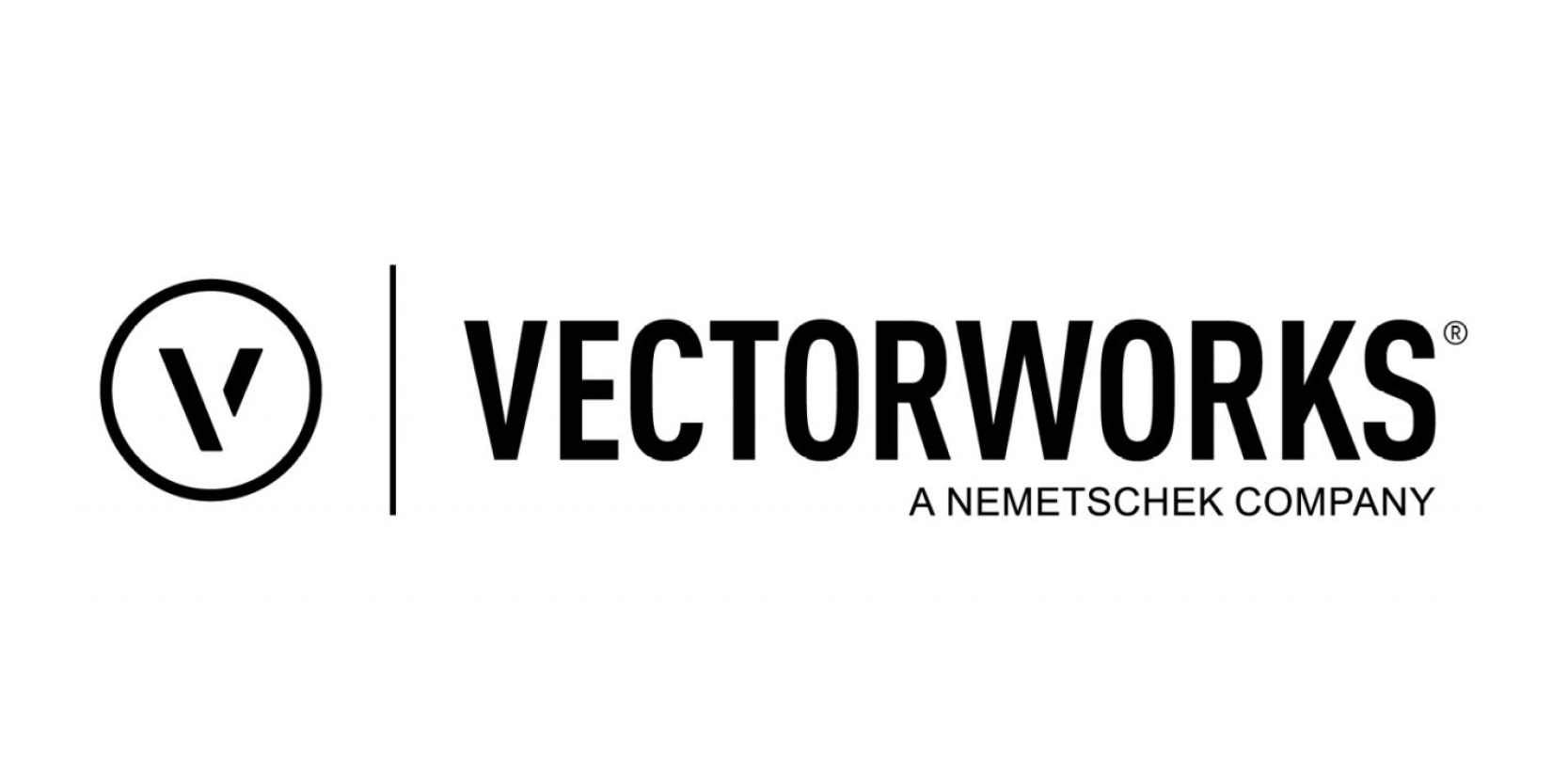SustainabilityChecklist for Designing a Sustainable Landscape APLD’s in-depth study of the production, use, disposal, and environmental impact of horticultural plastic containers culminated in a research paper published in July 2020. The research revealed that plastic pots significantly contribute to the proliferation of plastic pollution, with numerous adverse environmental effects. As an organization committed to stewardship of the land, APLD is profoundly concerned about our industry’s reliance on a material that does not biodegrade, leaches toxins into soils and groundwater, is difficult to recycle, and is primarily manufactured from fossil fuels. A more sustainable product for growing, shipping, and selling plant material must be found. To that end, APLD will work with stakeholders in dialog and collaboration to reduce the use of petroleum-based plastic in horticultural containers. The ultimate goal is to identify and convert to alternative containers that are manufactured with sustainable resources that meet the necessary performance standards. We urge all landscape professionals, organizations, and industries to join us in this effort. Click Here for APLD’s Research Study on Plastic Pots and the Green IndustrySustainable landscape design is the design, installation and management of landscapes and landscape features which: a) Encourages, creates and maintains a healthy and thriving environment, including providing habitat and ecosystem services, both within and outside the particular landscape, and This definition was crafted by APLD’s Sustainability Committee to reflect the organization’s environmental policy which specifically supports environmental stewardship. This definition focuses on how we design and manage landscapes to ensure that they don’t pollute or otherwise damage the environment, and how they promote conservation of energy and resources. Sustainable Design Best Practices: There are a host of good practice elements which can address sustainability in our designs. For example, preventing water-borne pollution can be addressed through minimizing soil erosion with groundcovers and organic mulches, as well as by promoting water infiltration with permeable hardscape or vegetated swales. Appropriate lighting fixtures can reduce energy use as well as prevent light pollution. Construction with certified timber and other reclaimed or reused materials can contribute to conserving natural resources. The use of native planting materials contributes to conservation of biological diversity in the broader ecosystem as well as by providing preferred habitat for pollinators. Eliminating alien invasive species also addresses our conservation goal. What’s important is that you as a designer actively consider how to achieve sustainability in your designs, and select those elements most appropriate to achieving the results described in the definition above. There are two important points to remember:
Background on the History of the Concept of "Sustainability" sustainability Resources Become an advocate of Healthy Pots, Healthy Planet and use sustainable pots and promises in your design plans.
|



